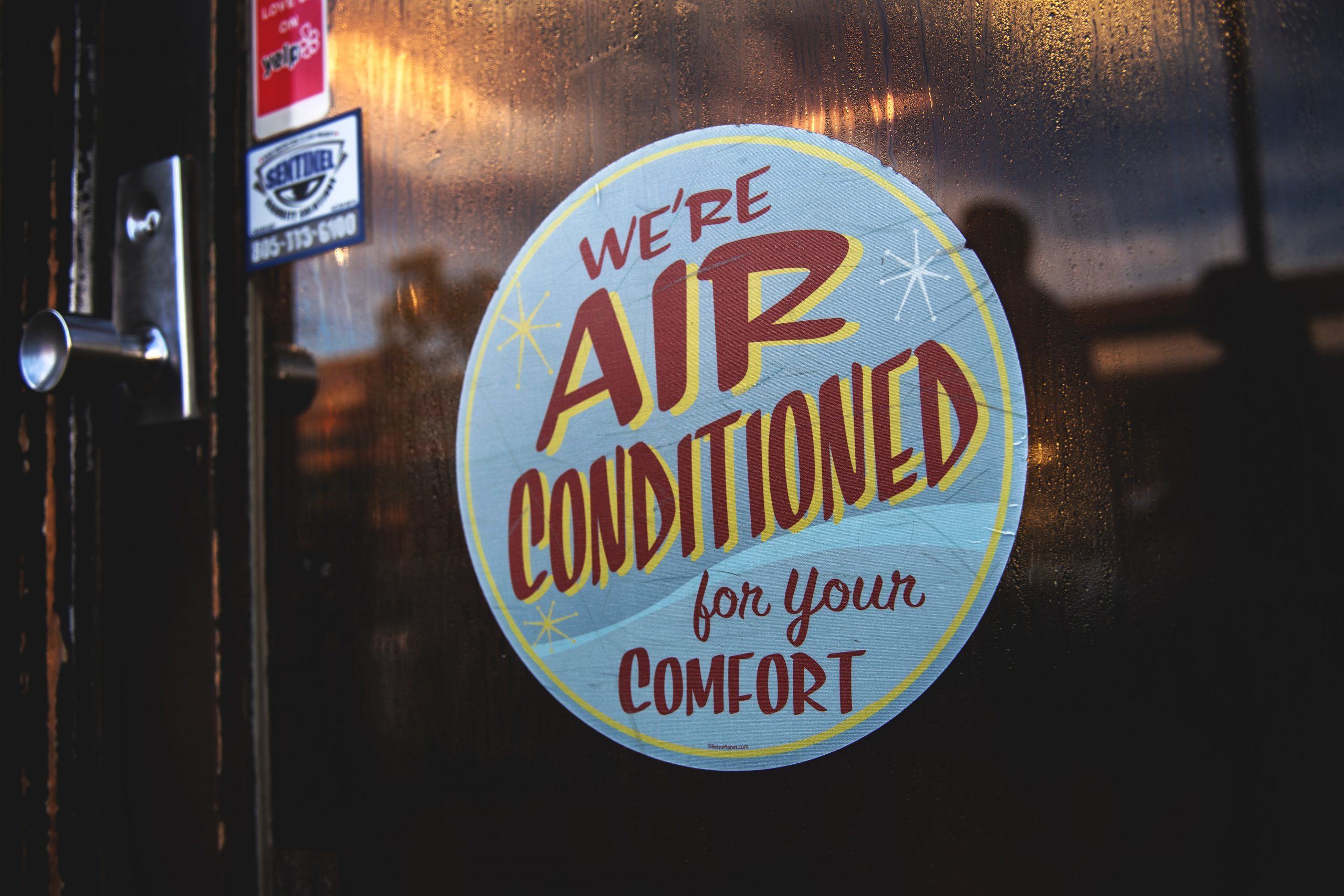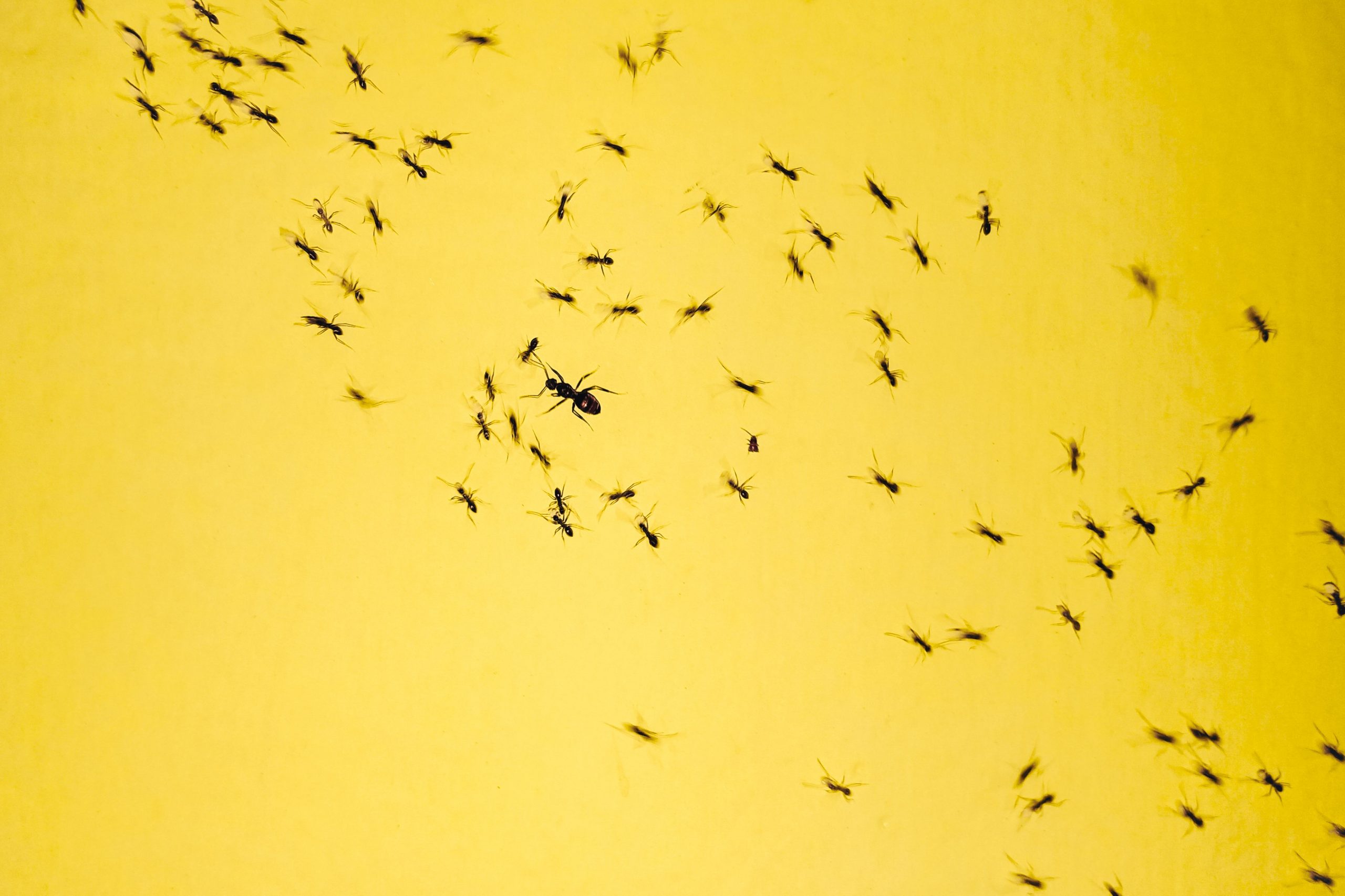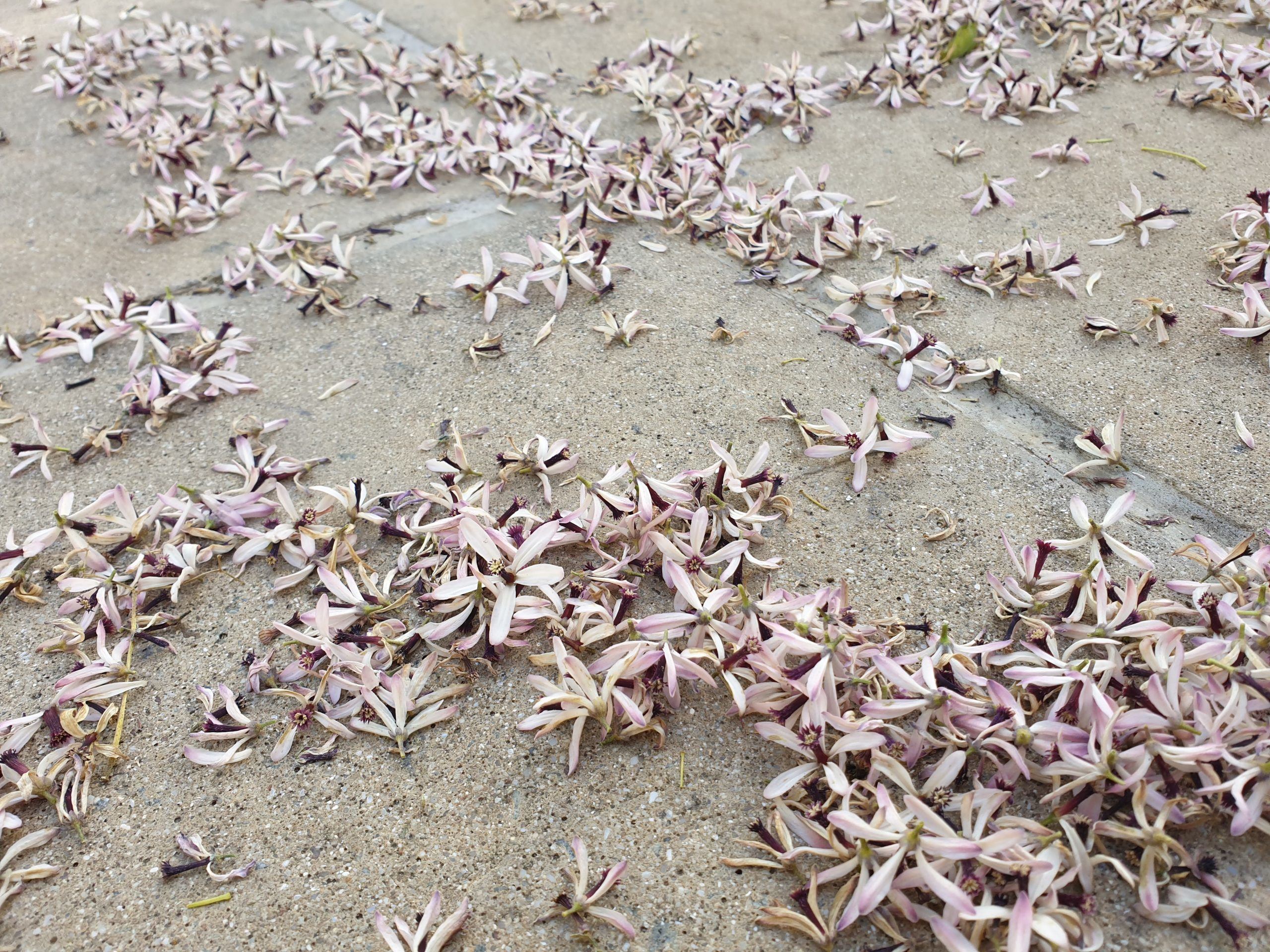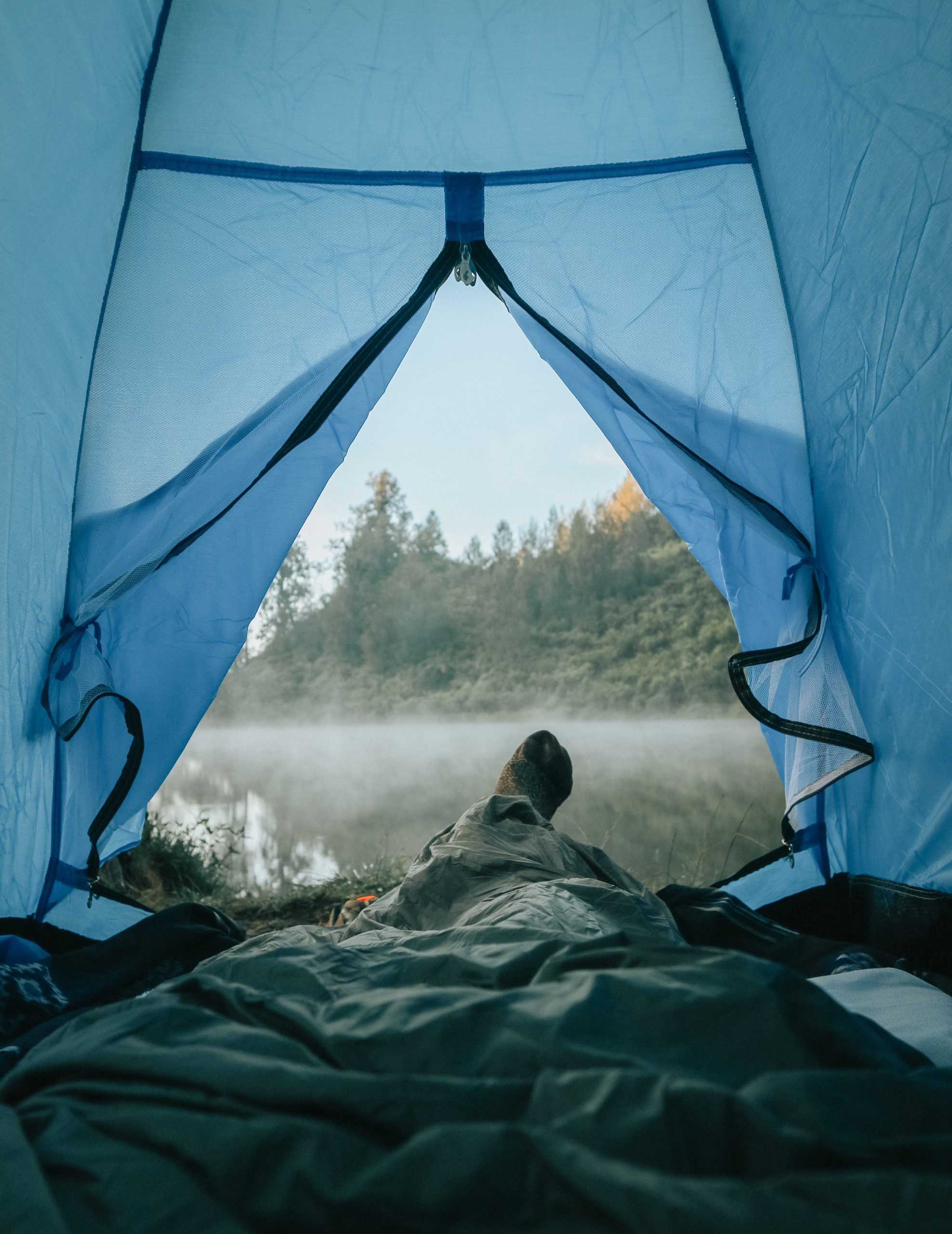HVAC filter changes are vital to your indoor air quality!
HVAC filter changes are vital to your indoor air quality!
It can be a little confusing. Some people call them furnace filters, some call them AC filters, but they are the same! Your HVAC system uses one filter, and it was originally designed to protect the working parts of the HVAC from damage and reduced efficiency. A dirty filter can cause your HVAC unit to work harder and make it prone to more breakdowns. Thus, it’s found in the intake (suction or “return” side) of the system, to filter out dust before it goes into the air handler. There is one exception: if your system has a “fresh air intake”, then it usually has its own filter (located close to the air handler) so that air coming in from the outside is properly filtered.
With increased importance placed on indoor air quality, we know that what goes into the system, gets blown out the other side, plus some! Here’s what can happen:
- Dust that goes into the HVAC system can feed mold when it comes into contact with moisture on the coils or in the drip pan, which can quickly grow and produce mold spores that are distributed through the home.
- Pet allergens, bacteria, viruses and VOCs that start out in one room of the home can be distributed throughout the home by the HVAC system (ie. onto the towels you use to dry off and the pillows and bedding you sleep on!)
So, it’s important to change out the filter on time. What’s “on time”? The time of change used to be dependent on whether the filter was flat or pleated, which gave the filter less or more surface area. In general, flat filters have less surface area and are less expensive, but they clog more quickly, requiring more frequent changes (change every month). Pleated filters have more surface area, allowing them to filter more allergens and have less frequent changes (up to 3 months). Surface area is just one measurement of a filter’s efficiency, however.
MERV ratings: MERV stands for minimum efficiency reporting value, developed by the American Society of Heating, Refrigerating, and Air Conditioning Engineers (ASHRAE) in 1987. The range is from 1 to 20, and designates with what efficiency the filter removes small particles between 0.3 and 10 micrometers in diameter. (If you’ve read our FAQ on HEPA ratings, then you know that HEPA filters are rated on their ability to remove particles 0.3 micrometers and smaller. Furnace filters cannot use standard HEPA filters because they are too dense and cause too large of a pressure drop in the system, however, the good news is that “Experiments indicate that less obstructive, medium-efficiency filters of MERV 7 to 13 are almost as effective as true HEPA filters at removing allergens within residential air handling units.” (wikipedia). Flat filters including the fiberglass ones usually fall in the MERV 1-4 range, filtering out the largest particles like pollen, dust mites, and carpet and textile fibers. The best residential filters are higher up the scale at MERV 9-12, which can capture legionella bacteria, humidifier droplets, and lead dust. We always recommend purchasing the best filter you can afford, with the following rules in mind:
- Check your furnace manual for the maximum MERV rating. This is very important because you don’t want to cause the system to overwork or be damaged by drawing air through a filter that is too “tight” and causes too great of a pressure drop. Think of it like this: which is more difficult to suck liquid through: a small straw or a large straw? The small straw, of course, because of the small diameter. It’s the same relative to the smaller “holes” or passages in a higher-rated MERV filter.
- MERV filters in the range of 9-12 may need to be changed more frequently than a lower-rated filter, during periods where a lot of contaminants are entering the house. For example, if there is a wildfire near your home, or renovation is going on inside the home, or you house-sit a shedding pet that is not usually in your home, these situations all call for more frequent changes, because the filter density is capturing almost everything in the air.
- Filter life and efficiency depends not only on the time the furnace system is used, but also the fan speed. Many times a filter performs better when the fan speed is on high, according to this Consumer Reports review, but this also causes the filter life to be the shortest.
There are other filter ratings scales out there, too. This page has a good chart which combines all three and their efficiency with common household contaminants.
- “FPR” is the Filter Performance Rating devised by The Home Depot. It uses a number system from 4-10, with filters rated good at 4-5, and 10 being their premium filters. This creates an easy rating system for filters sold at Home Depot, but does not apply to any other filters.
- “MPR” is Microparticle Performance Rating, created by 3M/Filtrete for its own filters. The scale of 300 to 2800 refers to the filter’s ability to trap particles smaller than 1 micron, with 300 being basic and 2800 being premium. As with FPR, this scale is exclusive because only 3M/Filtrete products are rated on it.
But wait…there’s more! You can get other features in your filter:
- Take all the guesswork out of when to change your filter by purchasing a smart filter and downloading the app on your phone or tablet. Filtrete’s Smart Air Filters “track air filter life by detecting changes in air pressure over time. Filtrete then determines your filter life based on air flow and usage, not just time…”
- Filters with carbon reduce odors and VOCs. If you are moving into a new build apartment or house, this is a great option to reduce the VOCs and odors coming from new paint, flooring (especially carpets), fixtures and furniture.
- Enviroklenz makes patented filters that use high surface area metal oxide materials like Magnesium Oxide, Zinc Oxide and Titanium Dioxide (no carbon), to capture and neutralize contaminants through a process called adsorptive neutralization. They are tested to remove particulates equivalent to a MERV 8, which is a mid-range level of filtration. However, they also remove VOCs, mold, bacteria and viruses, making them unique in HVAC filters.
- Colorfil manufactures filters that are especially helpful to pet owners, who deal with ammonia smells and related chemicals in urine. The filter material turns from a magenta pink when clean, to a dull yellow when dirty, due to citric acid compounds that react with contaminants. The company began to create innovative filter systems for NASA spacesuits in 2016 and moved on cabin air filters for vehicles and HVAC filters.
- Electrostatic filters create static electricity as the air flows through the filter, causing larger particles like dander and pollen to stick to the filter. They come in 2 types: disposable and reusable. The disposable filters have high ratings (#1 in this review) but the reusable filters need to be washed and allowed to dry once a month and generally are not as effective on smaller particles such as mold spores, bacteria and viruses.and they must be maintained (cleaned) once per month or the dirty filter can actually release pollutants back into the HVAC system.
- Professionally installed filter boxes may include custom filters that have larger surface area (with deeper pleats) or electrically-charged plates. Both of these have more upfront cost, but less frequent cleaning or replacement schedules. Check out the end of this video to see examples.
Photo by Tim Mossholder on Unsplash






